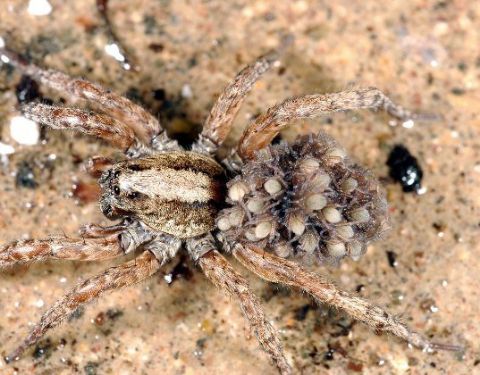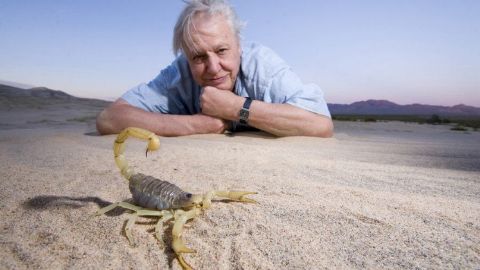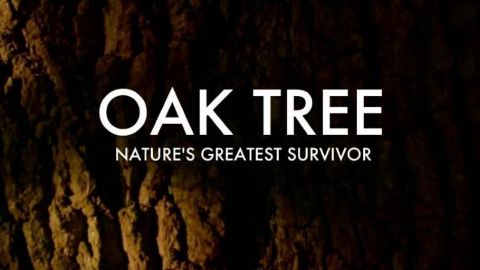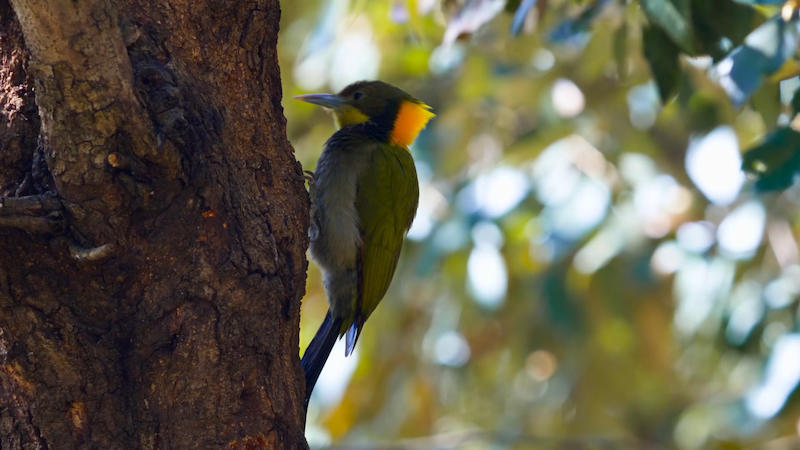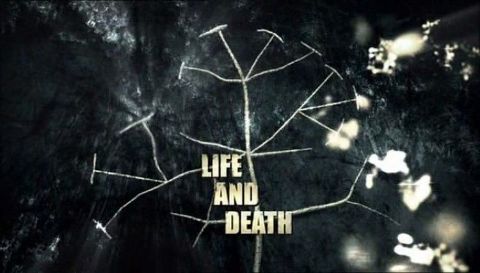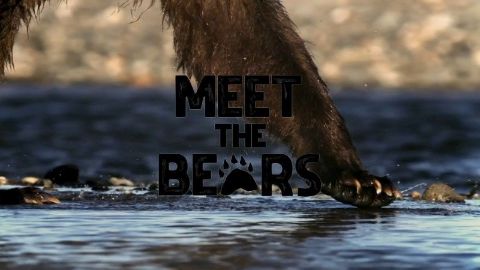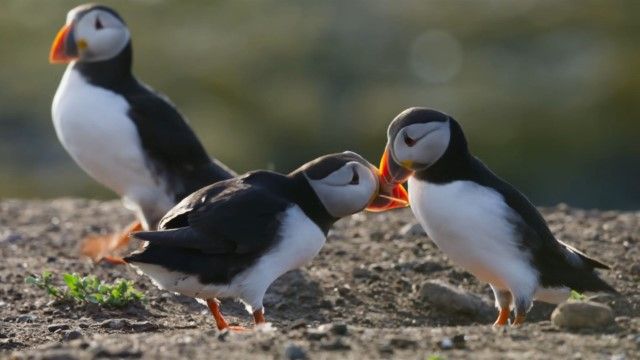Invasion of the Land • 2005 • episode "Part 1" • Life in the Undergrowth
The first episode tells how invertebrates became the first creatures of any kind to colonise dry land. Their forerunners were shelled and segmented sea creatures that existed 400 million years ago. Some of them ventured out of the water to lay their eggs in safety, and Attenborough compares those first steps with today's mass spawning of horseshoe crabs off the Atlantic coast of North America.
Make a donation
Buy a brother a hot coffee? Or a cold beer?
Hope you're finding these documentaries fascinating and eye-opening. It's just me, working hard behind the scenes to bring you this enriching content.
Running and maintaining a website like this takes time and resources. That's why I'm reaching out to you. If you appreciate what I do and would like to support my efforts, would you consider "buying me a coffee"?
Donation addresses
BTC: bc1q8ldskxh4x9qnddhcrgcun8rtvddeldm2a07r2v
ETH: 0x5CCAAA1afc5c5D814129d99277dDb5A979672116
With your donation through , you can show your appreciation and help me keep this project going. Every contribution, no matter how small, makes a significant impact. It goes directly towards covering server costs.


